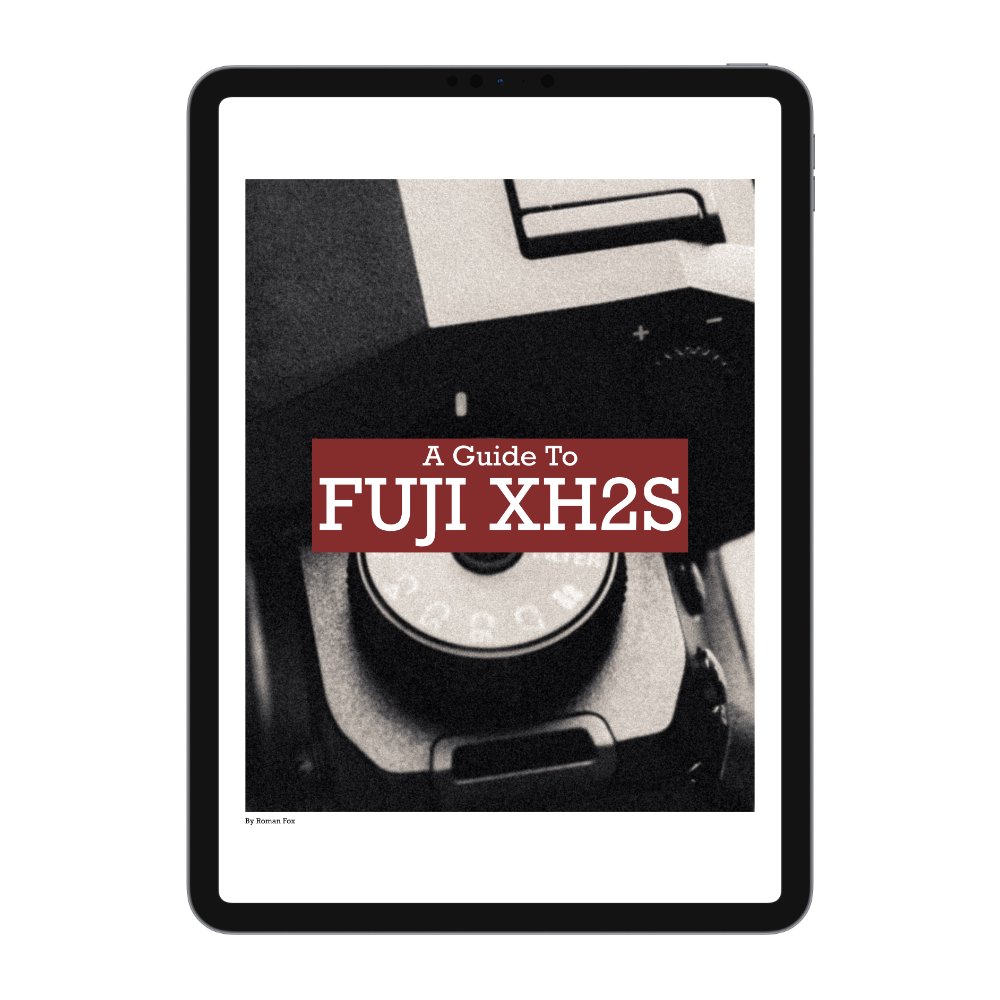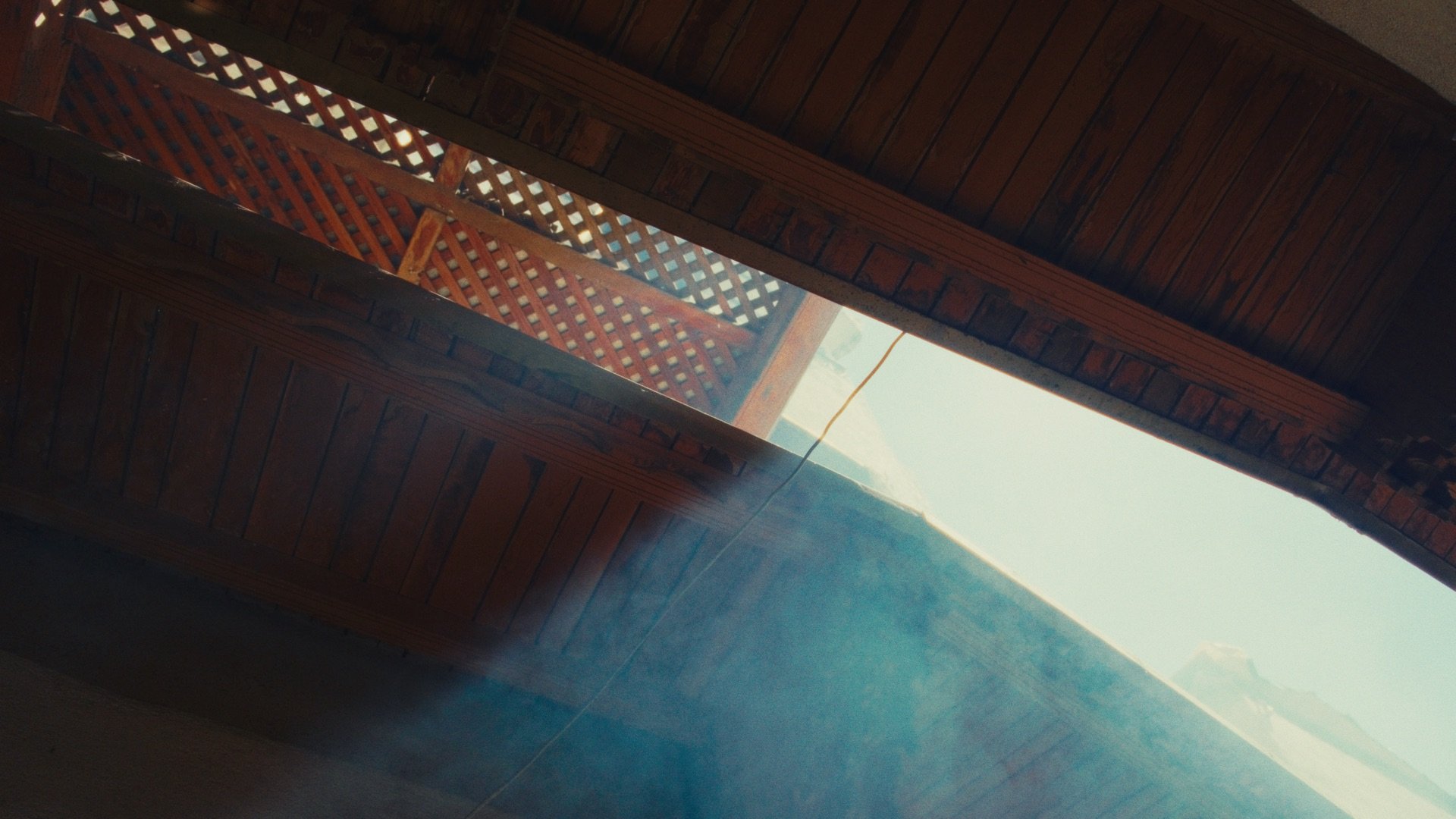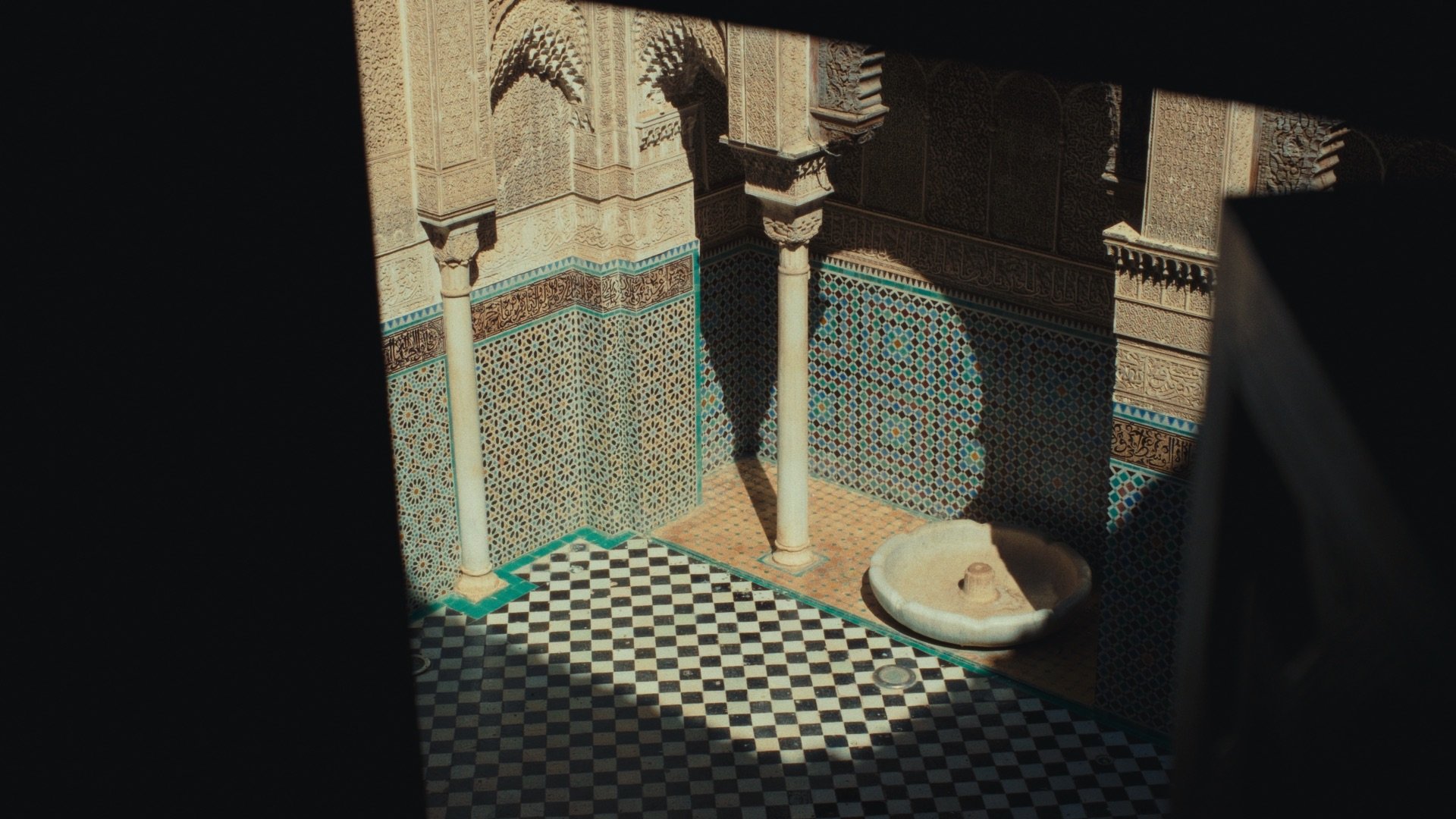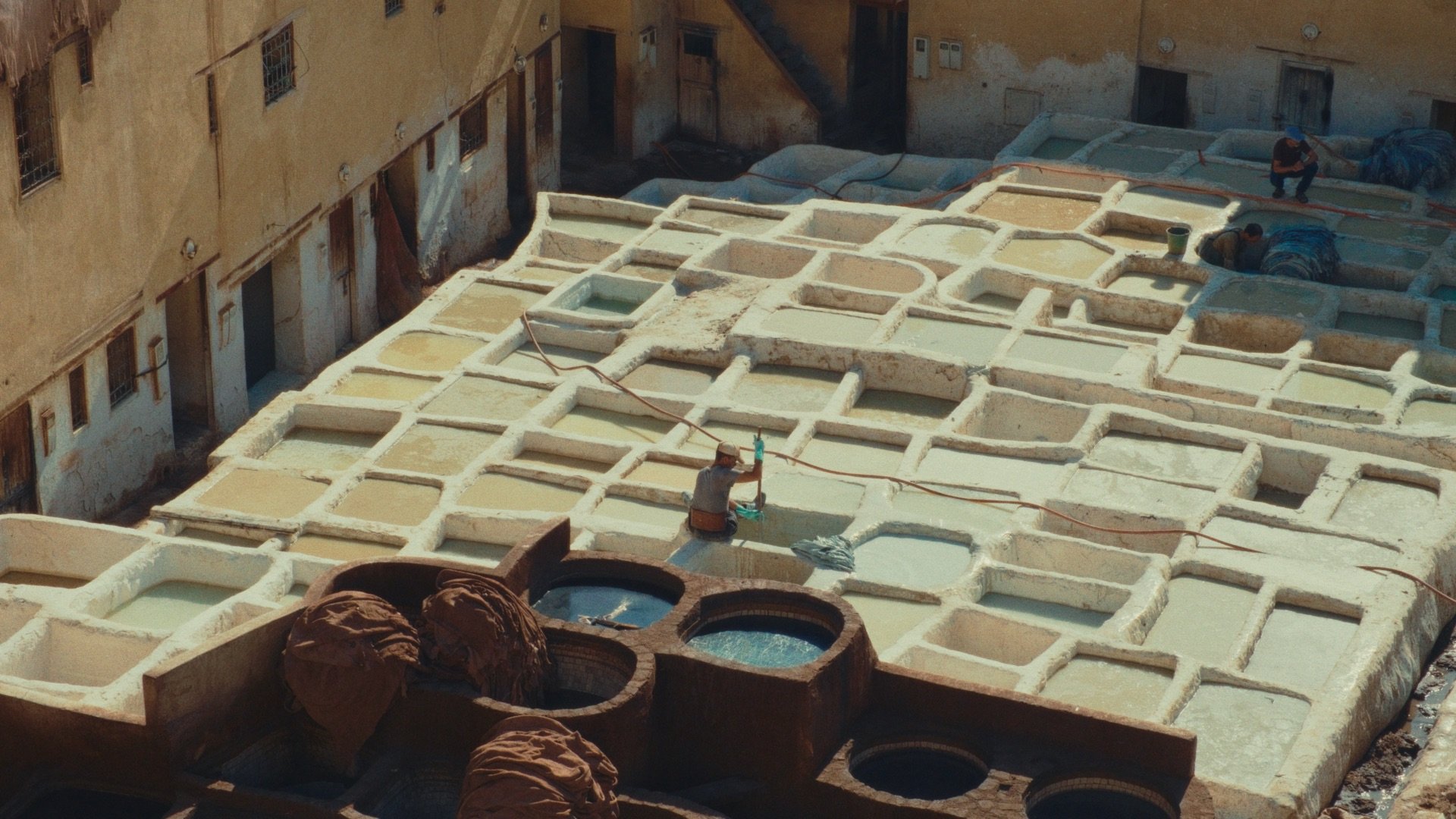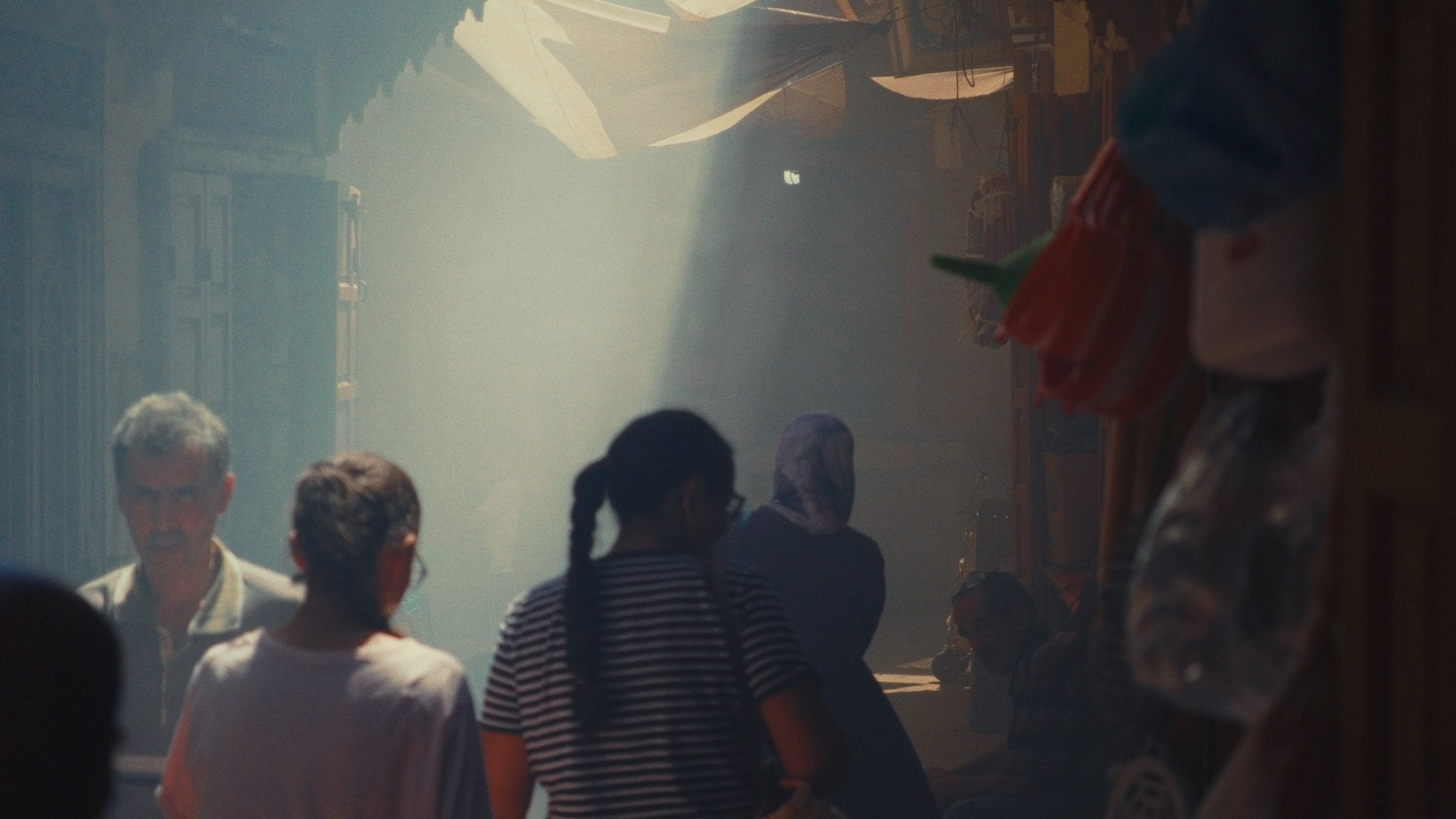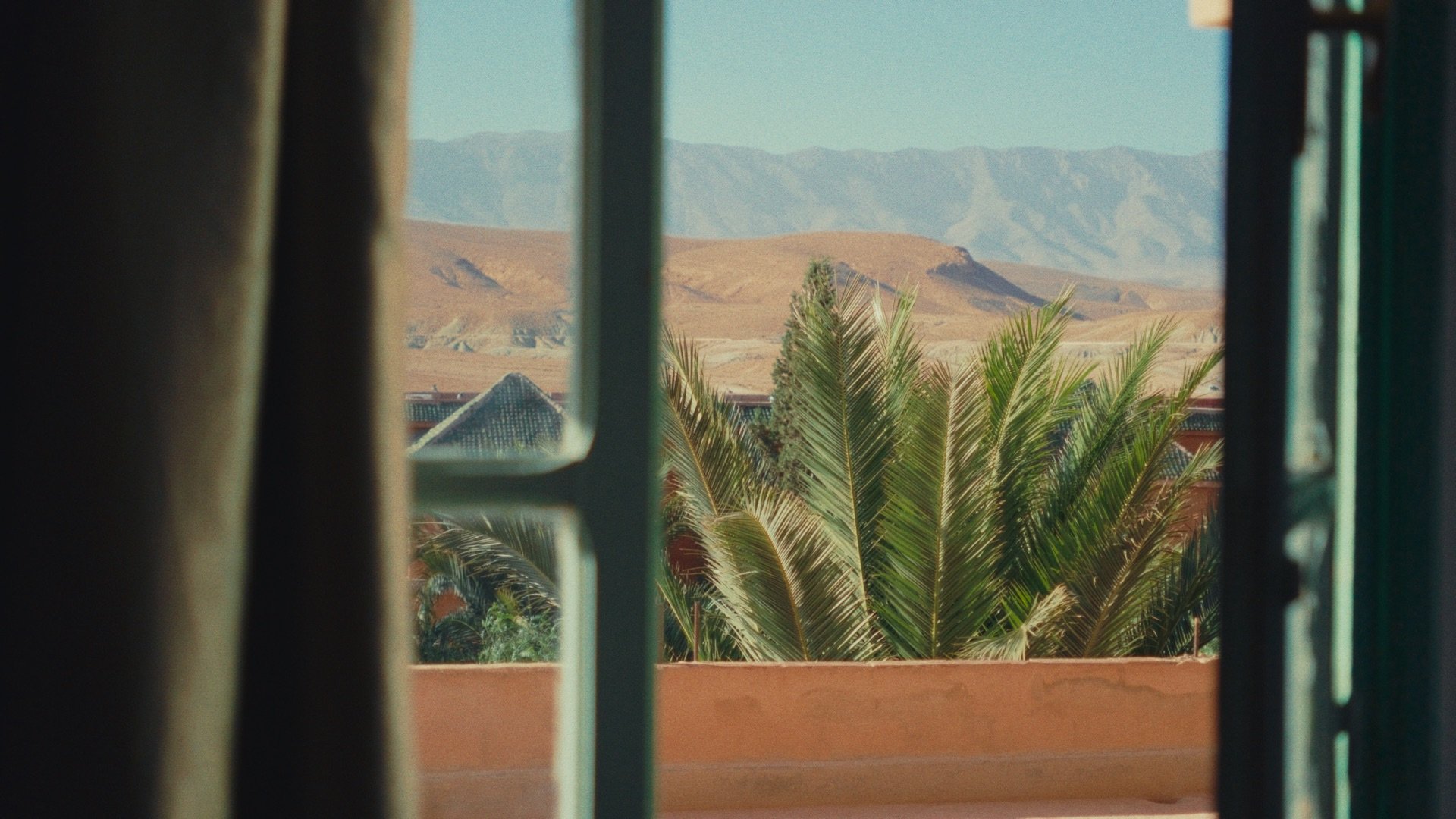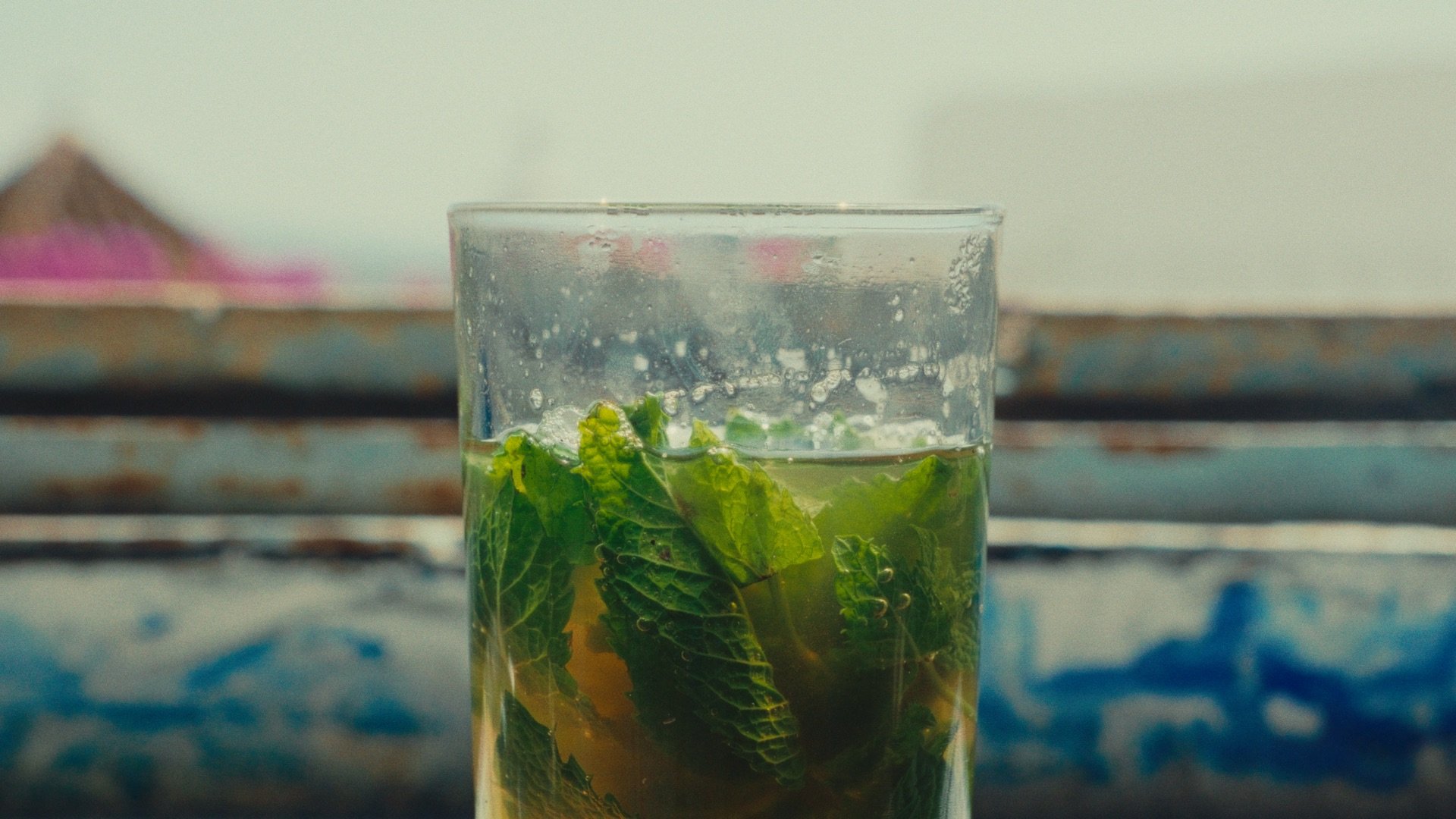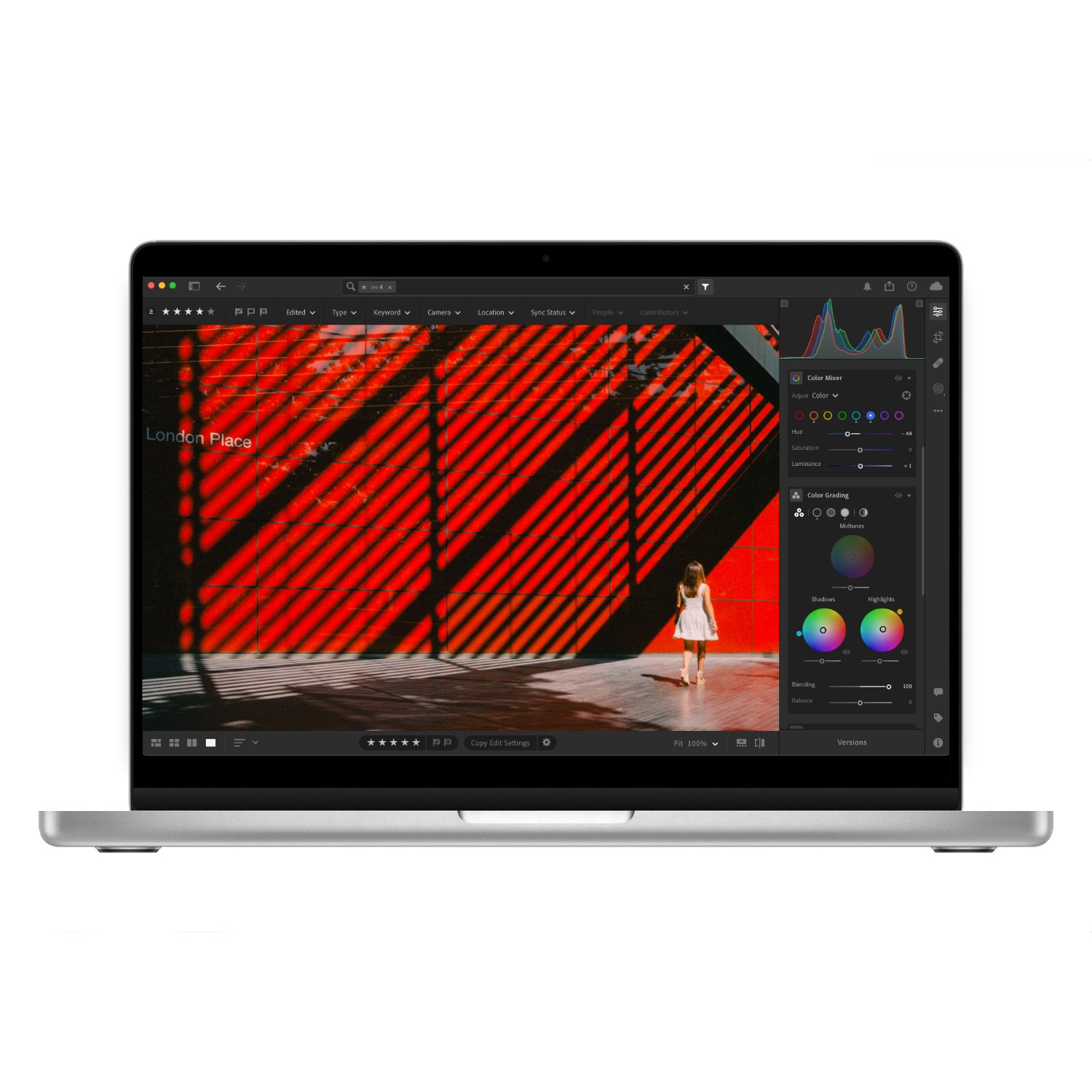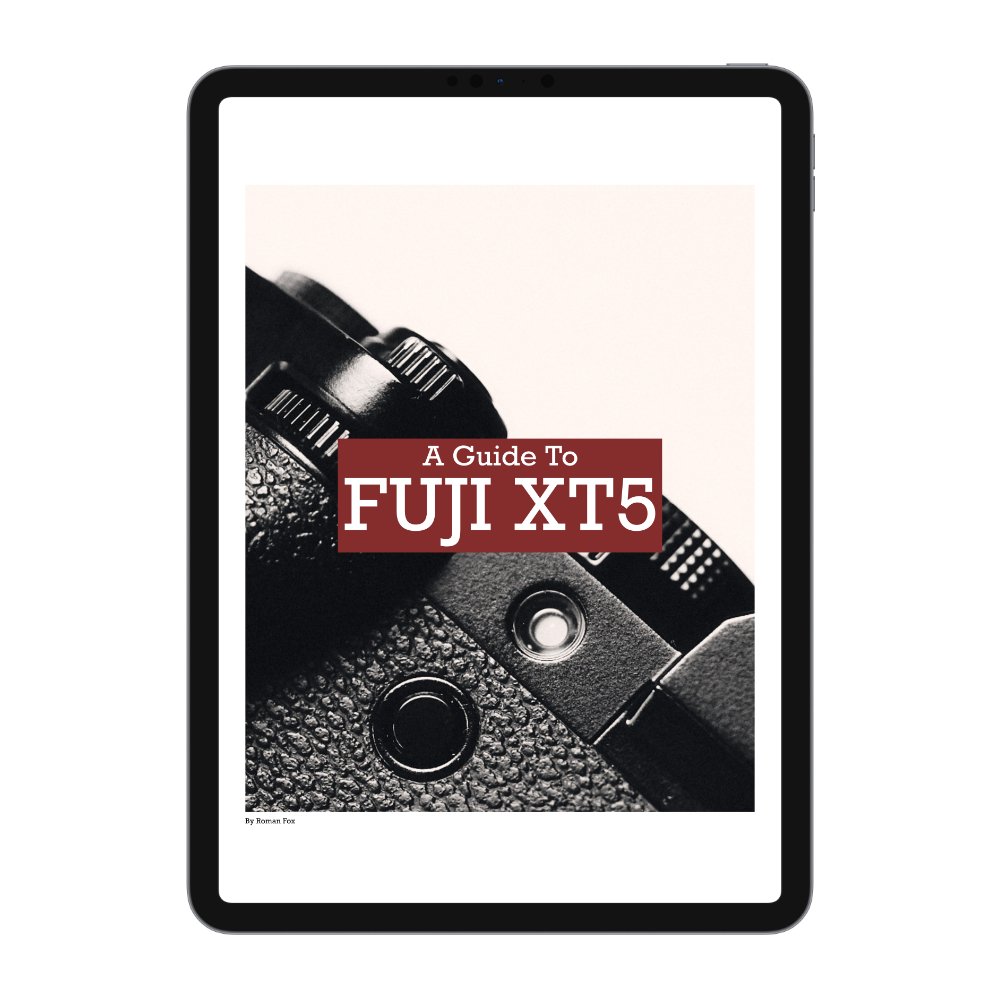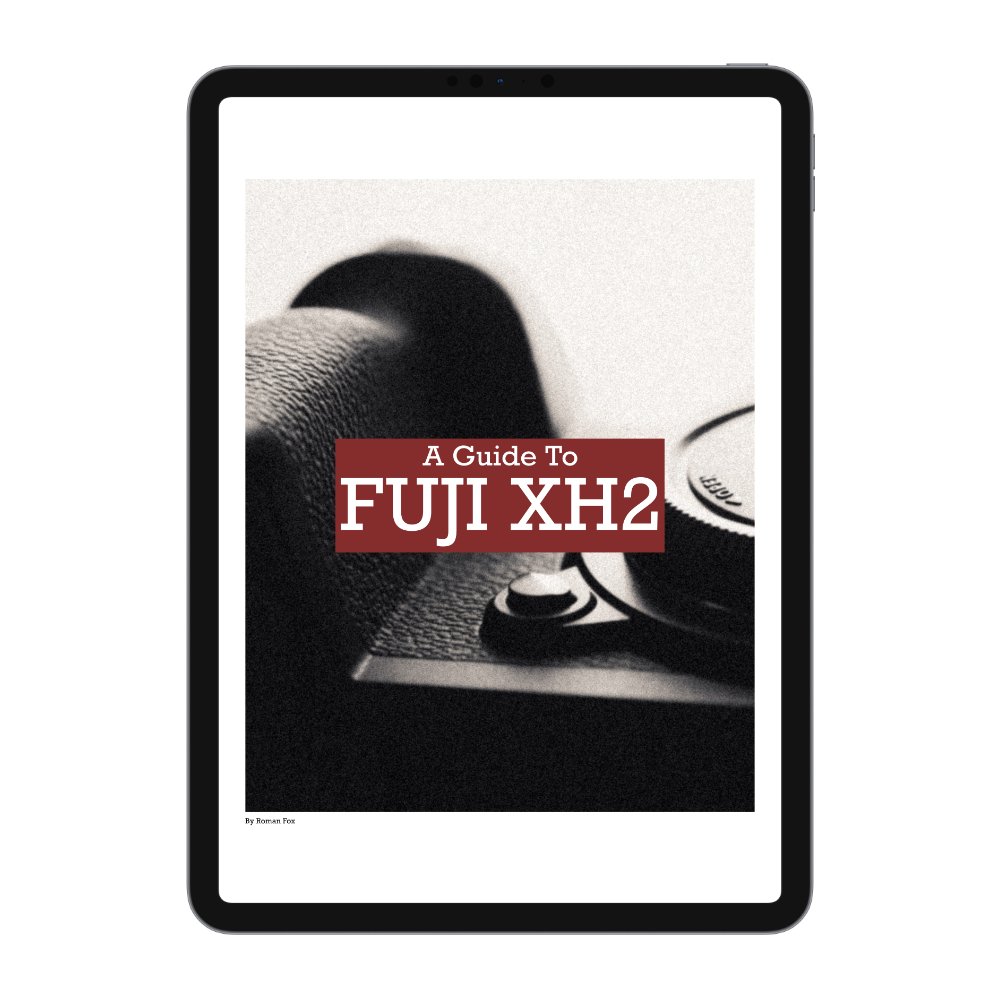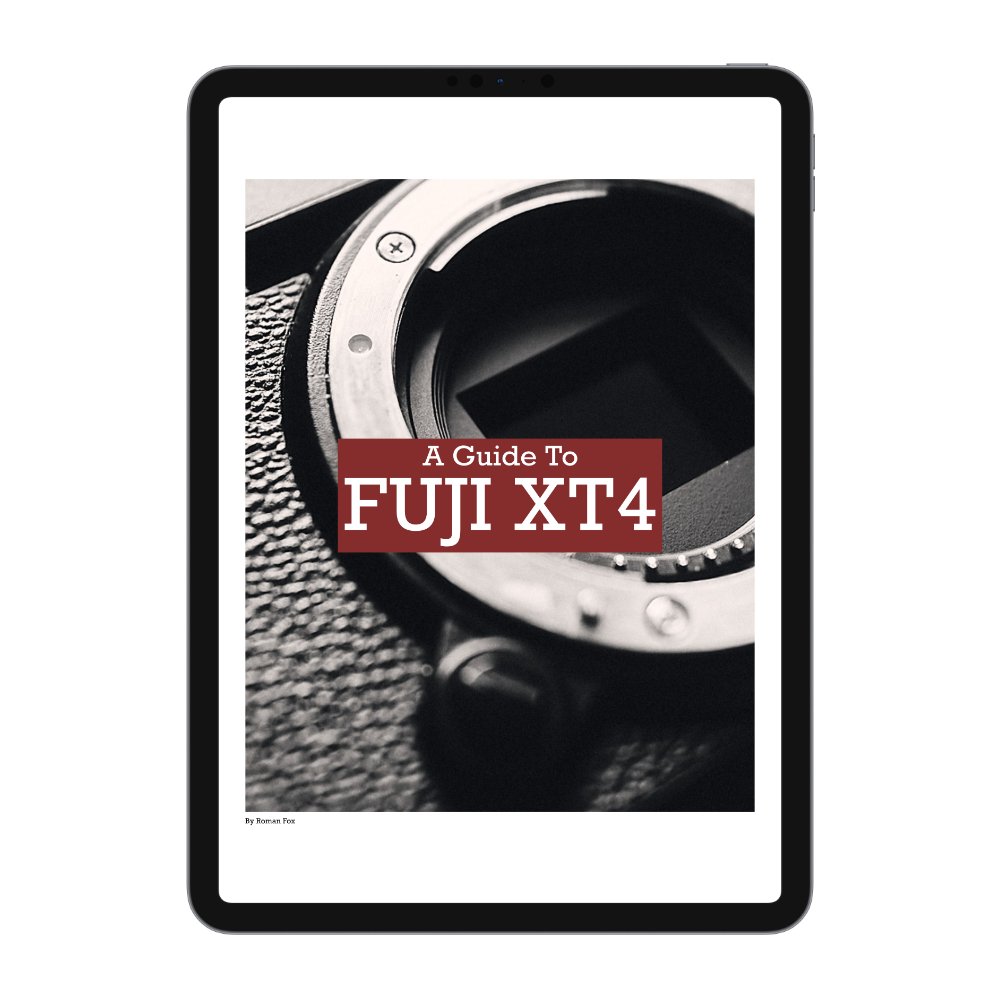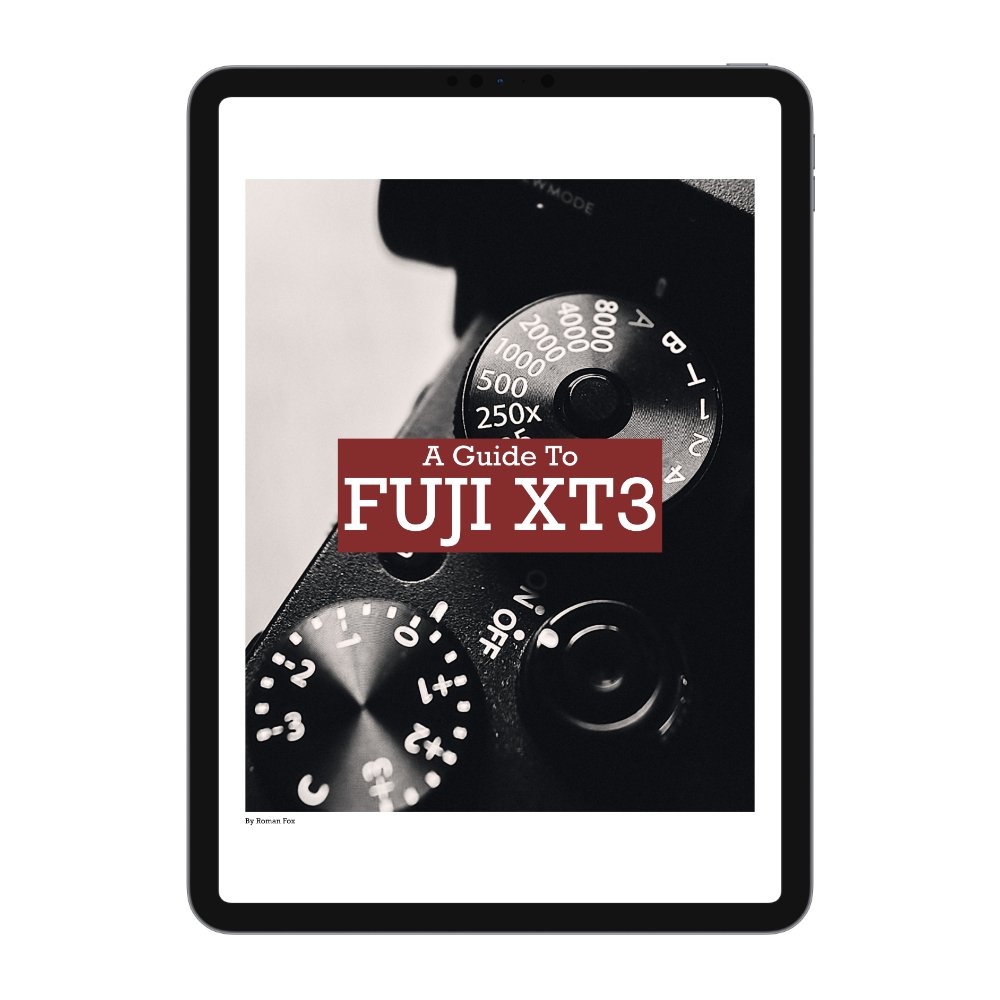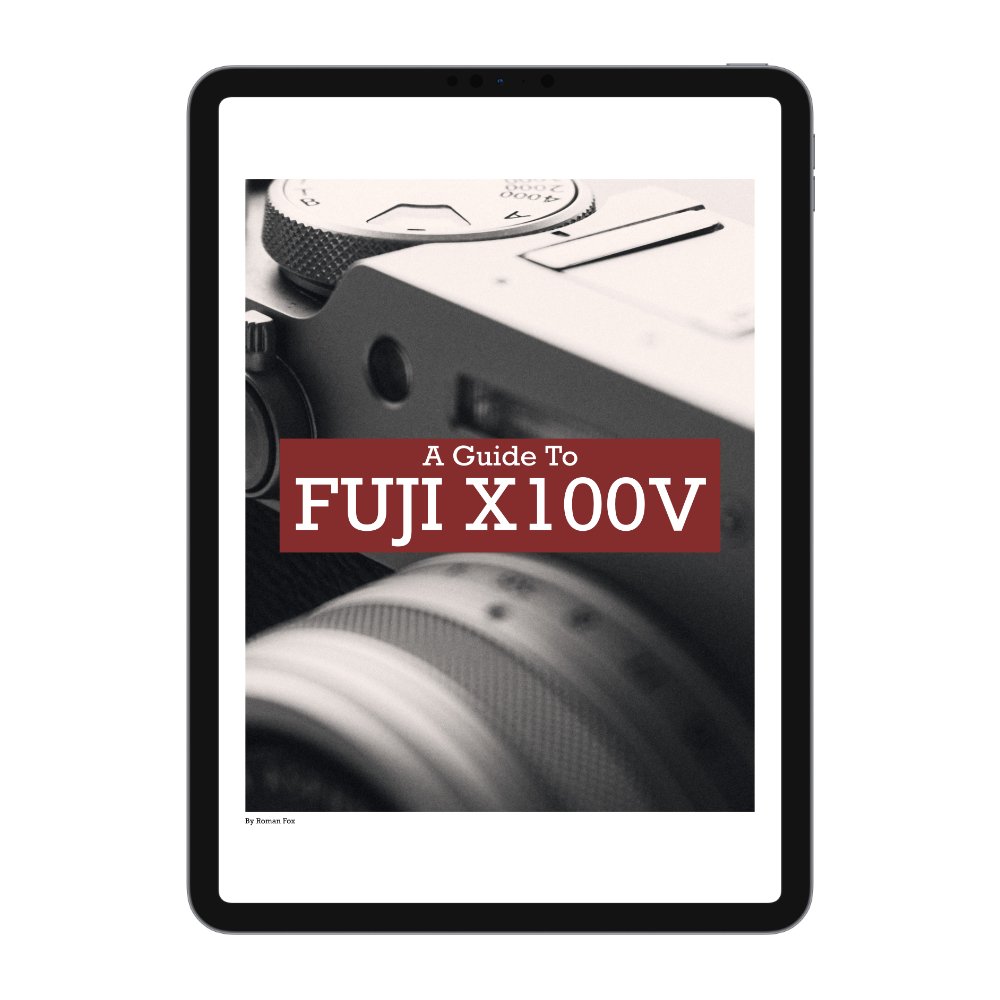Fujifilm XH2s - 2 Year Update (Long Term Review)
It’s been two years since I purchased and started using the Fujifilm XH2s. In this blog, I’ll share my long-term review and thoughts on this camera, which has become a key part of my photography and video work.
Disclaimers
Before diving into the review, here are a few disclaimers to keep things transparent. I bought the XH2s with my own money, at full retail price, just like everyone else. I have no affiliation with Fujifilm, and they’ve had no say in this review. My work focuses on travel, street, and city photography—I don’t shoot sports, wildlife, weddings, or other high-demand situations that push a camera to its limits. I don’t baby my gear, and this camera has endured heavy rain, extreme heat/cold, and dusty environments. Lastly, I’m a photographer, not a technical gear reviewer, so this review is based on real-world usage rather than controlled lab tests.
Build Quality
Having owned the XH2s, XT5, and a Limited Edition X100VI, I can confidently say that the XH2s has the best build quality. It feels rugged, like it’s built to last. All the doors, dials, and hinges function perfectly, though the memory card door has developed a slight squeak. The screen remains firm and looks new despite heavy use, and while the body does pick up scratches, it’s nowhere near as prone to wear as the XT5 or X100 series. The grip, top dial, and buttons are all still in great condition, even after two years of use.
Reliability
The XH2s has been mostly reliable, though I did experience one notable issue. Occasionally, the camera would flick between photo and video mode, and it turned out the REC button was faulty. Fujifilm repaired this under warranty, replacing the entire top panel to ensure the problem wouldn’t return. The camera does freeze from time to time, requiring a battery reset, but this happens only every few weeks despite daily shooting. Despite the occasional hiccup, the XH2s has held up well under constant use, and I expect it to last for years to come.
Buttons & Dials
At first, I wasn’t sure about Fujifilm moving away from its classic top dials. However, I’ve come to appreciate this new setup, especially for its efficiency in switching between custom modes and quickly toggling between photo and video. The seven custom modes provide ample space to store specific settings for different scenarios. For example, I have one mode for wide continuous autofocus and multi-metering, and another for single-point focus and spot metering. Switching between these modes allows me to adapt to different shooting conditions in an instant. The top display, though a small addition, is incredibly useful, especially when shooting at hip level.
Ergonomics
The XH2s is a chunky camera—some will love this, others won’t. The large grip and well-spaced buttons make it comfortable to operate, even with one hand. If you have larger hands or weaker grip strength, this camera’s size might actually be an advantage. Bigger lenses, particularly Fuji’s new f/1.4 primes, feel perfectly balanced on the XH body, and even heftier zoom lenses like the 50-140mm f/2.8 are comfortable to use. While I initially found the size bulky, over time I’ve grown to love the ergonomics. Now, when I switch to smaller cameras like the XT5 or X100, they feel a little cramped.
XH2s User Guide
If you own the XH2s or are thinking about purchasing one, consider picking up my XH2s User Guide. It’s designed to help you get your camera up and running as quickly as possible, while also supporting this blog and keeping it ad-free. Thank you!
Video Image Quality
The image quality on the XH2s is excellent, as you’d expect from any Fujifilm camera released in the last five years. On paper, this sensor offers the best dynamic range, though you’d only notice it in real-world use if you’re really pushing the files to their limits. What stands out more is the video image quality—it has a softer look with more pleasant highlight roll-off compared to other Fujifilm sensors. The low-light performance is also slightly better, though again, this is something you’ll only see when really examining the details. Below are some stills from video footage shot in ProRes F-Log2 and graded in DaVinci Resolve.
Photo Image Quality
The image quality is excellent, but that can be said for all Fujifilm cameras from the last five years. The camera provides a wide range of JPEG settings to explore, and I’ve shared a blog on those here. There’s not much more to say, so here are some of my favourite photos taken with the X-H2.
Autofocus
Autofocus has been a bit of a hot topic in the Fujifilm community. After a major update introduced touch track focus for video, many users reported a decline in overall autofocus performance. Personally, I find the XH2s performs best with Fujifilm’s premium lenses featuring Linear Motors (LM). When using older or lower-end lenses, the autofocus tends to struggle more, especially during video. In still photography, the autofocus drop-off isn’t as noticeable, but in video work, I’ve observed more hunting when using face tracking or continuous autofocus. It’s not a deal-breaker for me, but it is something to be aware of. Fortunately, Fujifilm has acknowledged the issue and promised a firmware fix.
Performance
The in-body image stabilisation (IBIS) is a massive improvement over the XH1, making it genuinely usable. The battery life is excellent and lasts a full day for photography, though I’d recommend carrying a spare if you plan on shooting mostly video. While the screen can be tricky for photography, it’s perfect for those who want to record or photograph themselves. The viewfinder is large, bright, and high-quality, and the addition of the CFexpress card makes the camera lightning-fast, with virtually no buffering time. You can switch between photo and video modes seamlessly, which is a huge advantage for hybrid shooters like myself. Thanks to the fast sensor readout, rolling shutter is also minimal—perfect for filming fast-paced action.
Summary
The Fujifilm XH2s is hands down my favourite Fuji camera. It’s the one I reach for when my main goal is to capture both photos and video. This is my workhorse, and I trust it completely. That said, I wouldn’t recommend it to everyone. It’s expensive, and that’s not even counting the cost of CFexpress cards, which can be pricey. The features that make this camera costly are unnecessary for most hobbyists. If you shoot sports, fast-paced action, or lots of video and need top-tier performance, the XH2s is an excellent choice. It’s also a great tool if you plan to make money from your photography or video work. However, for most casual photographers who just want to capture memories, travel shots, or family moments, the XH2s offers more than you’ll ever need. For them, an XT5, XS20, or XT50 would be a more sensible and affordable choice. Of course, if you’ve got the disposable income and want the best APS-C Fujifilm camera available, the XH2s won’t disappoint.















